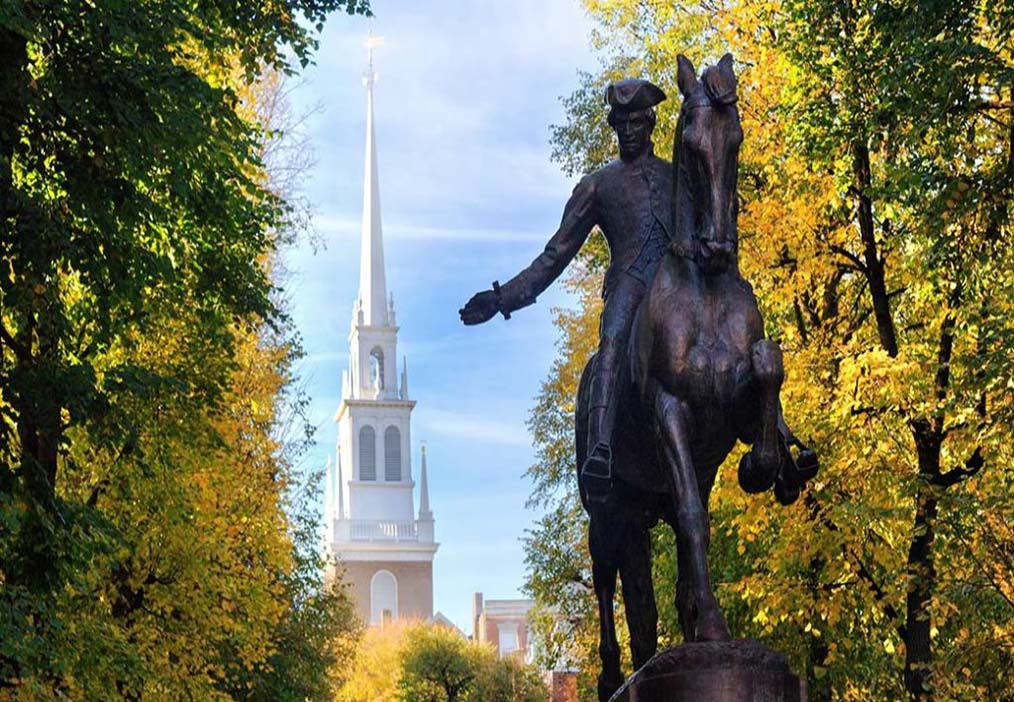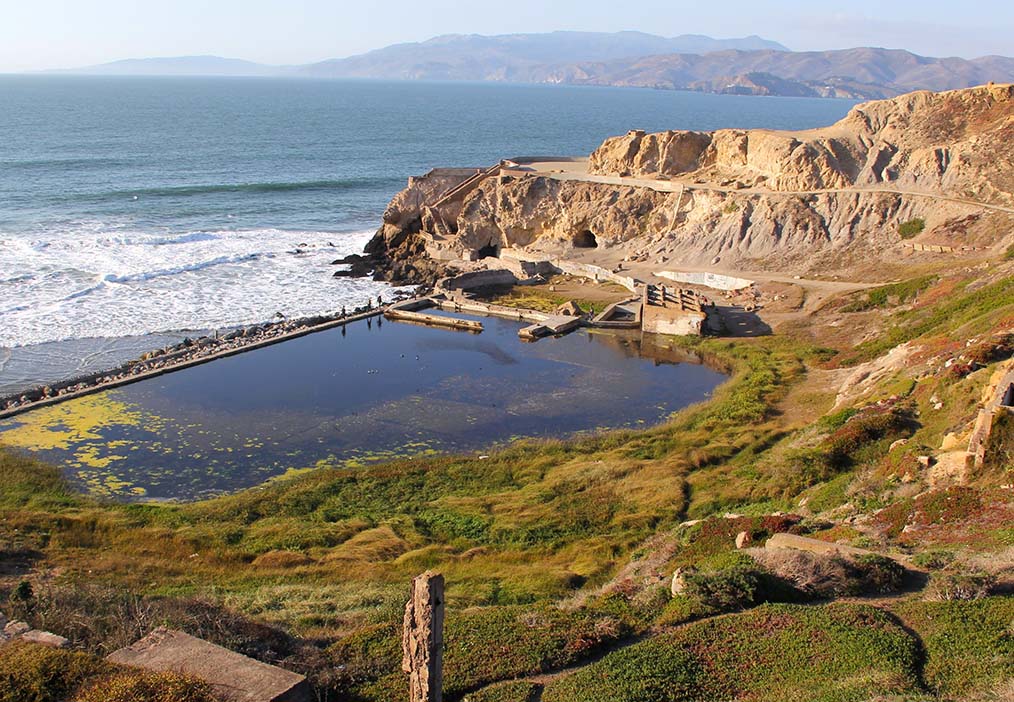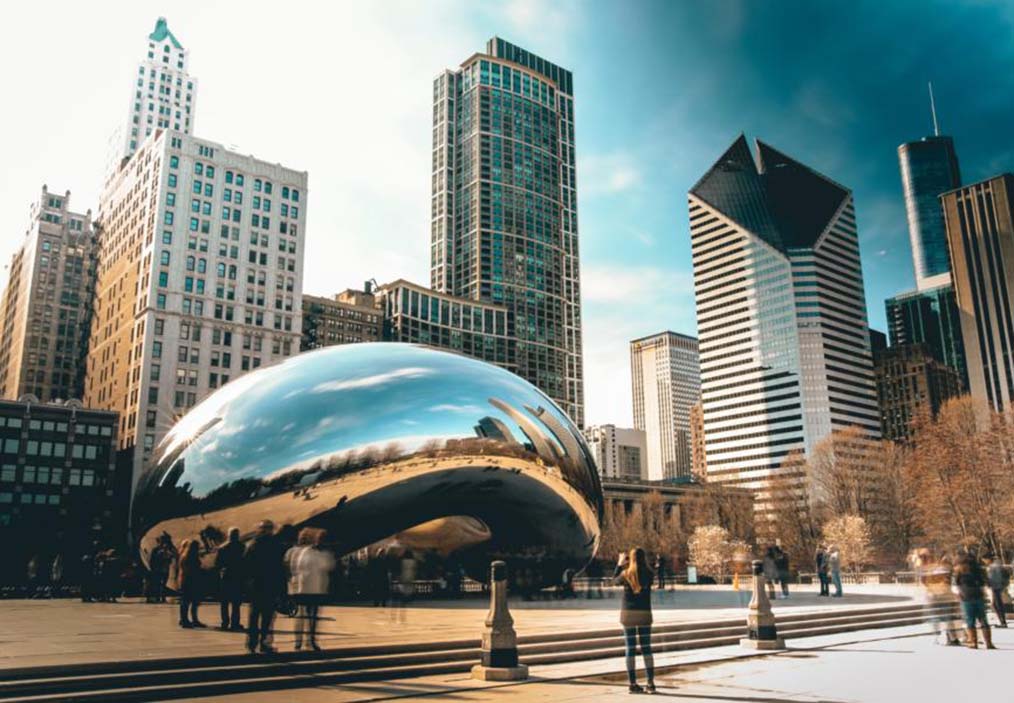Boston, the cradle of American history, has always held a special place in my heart. This vibrant city, with its rich tapestry of historical events and cultural landmarks, provides a fascinating journey through time. On my recent trip, I immersed myself in Boston’s storied past and explored its remarkable museums and historic sites. Each destination offered a unique glimpse into the city’s evolution and its significant role in shaping the United States. Let me take you through my unforgettable historical and cultural journey in Boston.
1. The Freedom Trail: A Walk Through Revolutionary History
My adventure began with a walk along the Freedom Trail, a 2.5-mile route that weaves through Boston’s historic core, linking 16 significant sites from the American Revolution. Starting at Boston Common, the city’s oldest park, I set off on this iconic trail, eager to experience the city’s revolutionary past.
Boston Common
As I stood in Boston Common, I could almost feel the echoes of history resonating through the trees. This park, established in 1634, is not only Boston’s oldest public park but also a symbol of the city’s enduring spirit. I wandered along its paths, imagining the early colonists who gathered here for public events and protests. The park’s serene beauty offered a peaceful start to my historical exploration.
Massachusetts State House
Just a short walk from Boston Common, the Massachusetts State House was my next stop. This neoclassical building, with its gleaming gold dome, is an architectural marvel and a center of political history. I joined a guided tour to learn about its role in the formation of the United States and the development of Massachusetts. The tour provided insights into the legislative process and the building’s historic significance, making it a highlight of the day.
Paul Revere’s House
One of the most intriguing stops along the Freedom Trail was Paul Revere’s House in the North End. This 17th-century home, once the residence of the famed patriot, is a window into colonial life. As I walked through the modest rooms, I could almost imagine Revere’s midnight ride as he warned of the British troops’ approach. The house, preserved with period furnishings, offered a personal glimpse into the life of a Revolutionary War hero.
Old North Church
Nearby, the Old North Church, with its iconic steeple, stood as a reminder of the night when lanterns were hung to signal the British advance. The church’s historical significance and its stunning colonial architecture were awe-inspiring. I attended a brief service, adding a touch of reverence to my exploration. The church’s serene interior, with its wooden pews and historic artifacts, was a testament to Boston’s rich heritage.
Bunker Hill Monument
To conclude my journey on the Freedom Trail, I visited the Bunker Hill Monument in Charlestown. Climbing the 294 steps to the top of the monument, I was rewarded with a breathtaking view of the city. The monument commemorates the Battle of Bunker Hill, one of the first major battles of the Revolutionary War. Standing at the summit, I felt a profound connection to the sacrifices made during the war and the spirit of independence that defined Boston.
2. Museum of Fine Arts: A Cultural Odyssey
After my historical tour, I headed to the Museum of Fine Arts (MFA), one of the most renowned art museums in the country. The MFA’s extensive collection spans thousands of years and various cultures, offering a diverse and enriching experience.
The American Wing
The American Wing was particularly captivating. The collection includes works by iconic American artists such as John Singleton Copley and Winslow Homer. I was drawn to Homer’s “The Gulf Stream,” a powerful painting depicting the struggles of a man stranded at sea. The gallery’s thoughtfully curated exhibits offered a deep dive into American art history and its evolution.
Egyptian Collection
The Egyptian Collection at the MFA was equally mesmerizing. The artifacts, including mummies and intricate jewelry, provided a glimpse into ancient Egyptian civilization. I marveled at the mummies’ preservation and the detailed hieroglyphs on the tombs, which spoke of a civilization rich in culture and mystique.
Impressionist and Post-Impressionist Art
The museum’s Impressionist and Post-Impressionist collection featured masterpieces by artists like Monet and Van Gogh. Standing in front of Monet’s “Water Lilies,” I was struck by the beauty and tranquility captured in the painting. The vibrant colors and brushstrokes were mesmerizing, offering a serene escape from the hustle and bustle of the city.
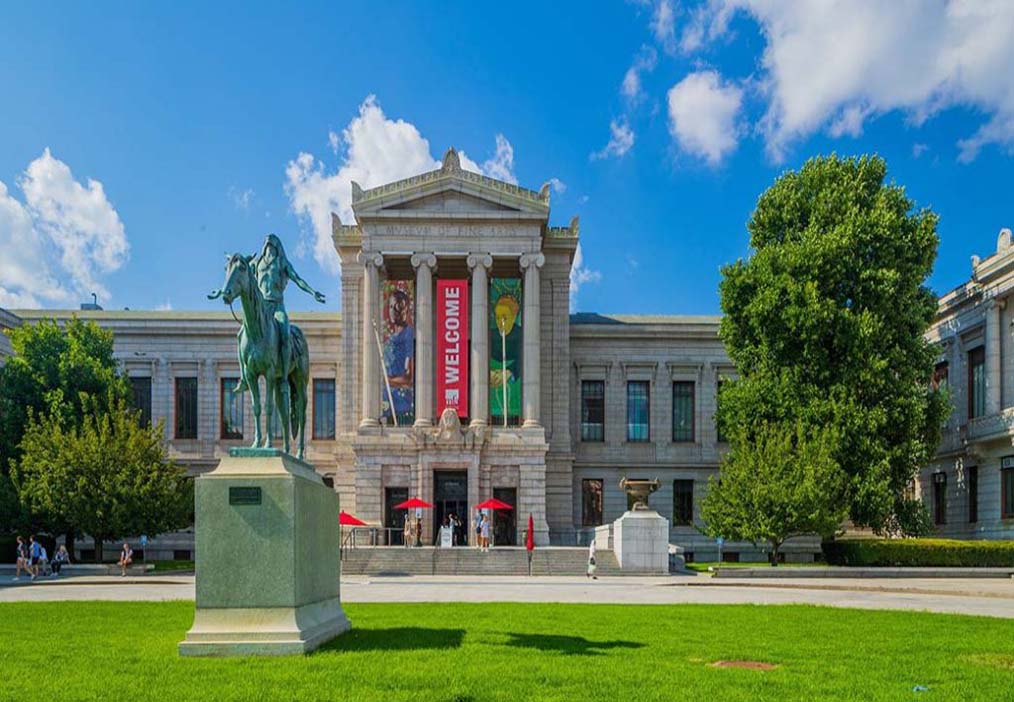
3. Boston Tea Party Ships & Museum: A Revolutionary Interactive Experience
For a more interactive experience, I visited the Boston Tea Party Ships & Museum. This floating museum offers a unique, immersive look at the events of December 16, 1773, when American colonists protested British taxation by dumping tea into Boston Harbor.
Interactive Exhibits
The museum’s interactive exhibits allowed me to participate in a reenactment of the Boston Tea Party. Dressed in period costumes, I joined other visitors in throwing tea chests into the harbor, recreating the famous act of defiance. The museum’s engaging exhibits, including multimedia presentations and live actors, brought history to life in a way that was both educational and entertaining.
The Ships
Exploring the replica ships that were used in the original Tea Party added another layer to the experience. The ships were meticulously crafted to reflect the design of the 18th-century vessels, and stepping aboard felt like stepping back in time. I admired the craftsmanship and imagined the excitement and determination of the colonists who took part in this pivotal event.
4. Harvard University: A Tour of Academic Excellence
A visit to Boston wouldn’t be complete without a trip to nearby Cambridge to explore Harvard University, the oldest institution of higher learning in the United States. The university’s historic campus is a treasure trove of academic and architectural history.
Harvard Yard
I started my tour in Harvard Yard, the heart of the university. The historic buildings, including Harvard Hall and Memorial Hall, showcased stunning architecture and offered a glimpse into the academic life of one of the world’s most prestigious institutions. Walking through the Yard, I felt a sense of reverence for the scholars and leaders who have walked these paths before me.
Harvard Museum of Natural History
The Harvard Museum of Natural History was another highlight of my visit. The museum’s extensive collection included everything from dinosaur fossils to gemstones. The Glass Flowers exhibit, featuring meticulously crafted botanical models, was particularly impressive. The intricate detail of the models was a testament to the intersection of art and science.
5. The Isabella Stewart Gardner Museum: A Hidden Gem
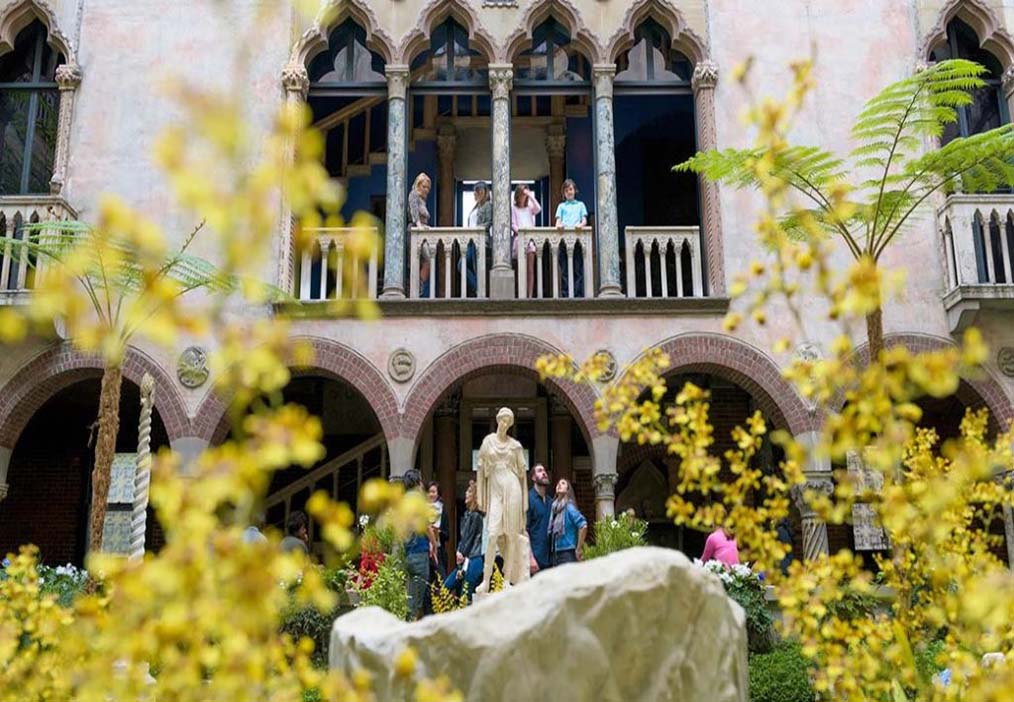
My final stop was the Isabella Stewart Gardner Museum, an enchanting museum housed in a Venetian-style palace. The museum’s eclectic collection, including European, Asian, and American art, was curated with a personal touch by Isabella Stewart Gardner herself.
The Courtyard
The museum’s central courtyard, filled with lush plants and a tranquil atmosphere, was a serene escape from the city. The architecture and design of the space were inspired by Gardner’s travels and her love for art and culture. I spent time exploring the courtyard, enjoying the peaceful ambiance and the art installations that adorned the space.
The Collection
Inside the museum, I discovered a treasure trove of art and artifacts. From Titian’s “The Rape of Europa” to a collection of ancient Roman glass, the museum’s exhibits offered a diverse and rich artistic experience. The eclectic nature of the collection reflected Gardner’s adventurous spirit and her commitment to preserving and sharing art.
My journey through Boston’s historical and cultural landmarks was an enriching and unforgettable experience. From walking the Freedom Trail and exploring the Museum of Fine Arts to participating in the Boston Tea Party reenactment and wandering through Harvard University and the Isabella Stewart Gardner Museum, each destination offered a unique perspective on the city’s past and its cultural heritage.
Boston’s blend of historical significance and cultural richness makes it a must-visit destination for anyone interested in American history and the arts. Whether you’re strolling through historic sites, admiring world-class art, or immersing yourself in interactive exhibits, Boston promises a journey through time that will leave you with a deeper appreciation for this remarkable city.
As you plan your own historical and cultural adventure in Boston, I encourage you to take your time exploring these landmarks and to soak in the city’s vibrant history and artistic legacy. Each visit offers a chance to connect with the past and to experience the stories that have shaped Boston into the city it is today.
